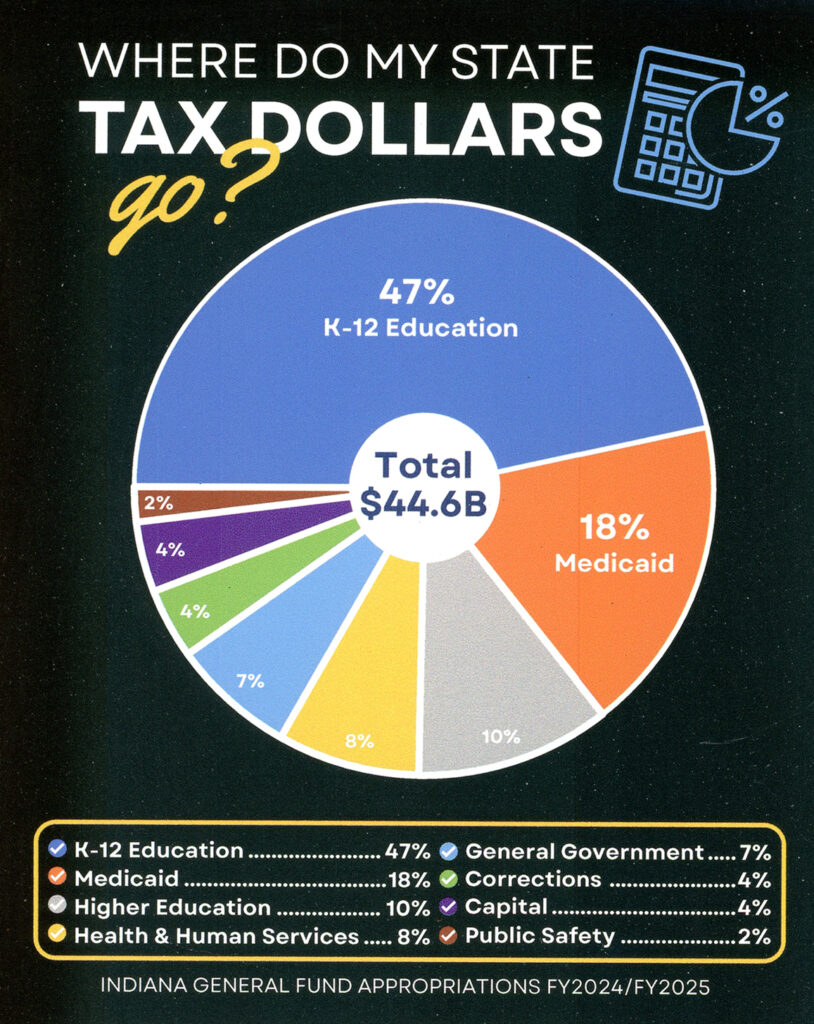I had hopes the Kokomo Tribune Opinion page would become more moderate under the direction of a relatively newly named KT Editor. I was very wrong.
Just in the past couple of days there were pieces that are really far left. The longest one that bashed Sec HHS Secretary Kennedy is an example. In the past, many of the worst opinion pieces have originated from some conveniently unidentified writer at the Anderson Herald-Bulletin (another CNHI newspaper). The one about Kennedy is one of the worst. I would love to know the credentials of the writer about anything biological. The fact is the US is the sickest nation on earth and spends the most per capita on health care than any. So, I have serious doubt that the writer knows a damn thing about the wisdom of decisions made by Secretary Kennedy….. and I think my credentials are clear (M.S. Toxicology and Ph.D. Genetics – Purdue).
As it turns out the mRNA vaccines are a disaster still unfolding. Trump trusted Dr. Anthony Fauci et.al..; big mistake. We have not yet seen the full extent of the damage done by those vaccines for which big pharma has made billions. We should be grateful for HHS Sec Kennedy.
Oh… have you noted, too, the Surgeon General of Florida recently ended all vaccine mandates for Florida citizens? Others will follow. I am a total believer in some vaccines, but not the witches brew of what we are sticking into our kids and ourselves.
Then out comes the opinion piece in the KT about Indiana gerrymandering…. another far left piece. And who would guess about the author? A university political science professor from the University of Indianapolis who likely has never held a job in the private sector. My goodness! I already sent a piece about Indiana and gerrymandering to the KT Editor. It is time for Indiana to go 9-0. Democrats have gerrymandered many other states already to the point they no longer have any to gain. Look at Illinois for example. And I just sent a piece to the KT about the Kirk killing and what the Democrat Party now embraces. Likely, none will find their way to print.
We are in a war for this country, like it or not. I do not know how any thinking, compassionate person can claim membership in the Democrat Party. Evidence shows Republican registrations are going up and Democrat ones going down. CNHI (KT owner) is on the wrong side of history. What a shame.
Regards, Kent Blacklidge Ph.D.
Past Publisher/ Kokomo Tribune
When it was family owned.

